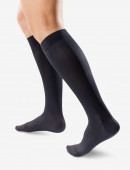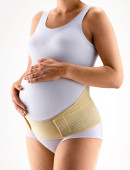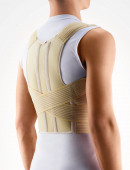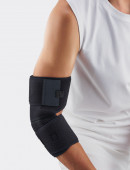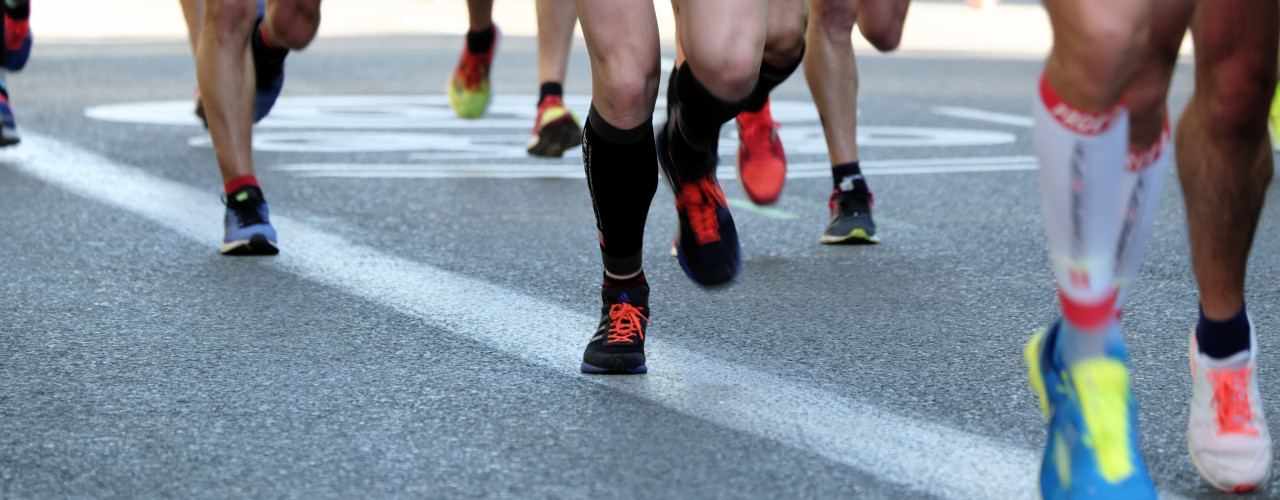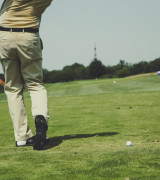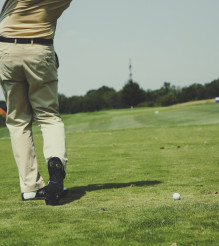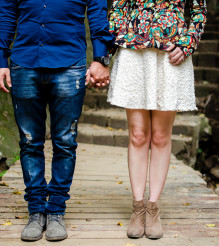Dilated veins or venous insufficiency are common in both women and men. Along with other risk groups, athletes are the ones who have an increased chance to face this unpleasant problem, therefore it is worth knowing how to reduce or avoid it.
How does venous insufficiency develop?
Venous insufficiency develops in people with a lack of vascular flexibility. It develops, when the valves of superficial veins fail to sufficiently perform their intended functions - there is no blood flow to the heart and congestion of blood develops in the legs, resulting in varicose veins and venous nodules.
Reasons for the development of venous insufficiency:
- heredity,
- sedentary lifestyle,
- prolonged standing and sitting,
- obesity,
- hard physical work,
- intensive sports activity and others.
Why do athletes suffer from varicose veins?
One of the recommendations in cases where varicose veins are observed in the early stages of their development, is to focus on physical activity to reduce the further development of the disease due to a sedentary lifestyle.
Recommended physical activities:
- walks,
- cycling,
- Nordic walking,
- swimming.
At the same time, sports can also become a risk factor for the development of varicose veins. This is most common for professional athletes or amateurs with an intense schedule of sports activities.
Sports that can promote the development of varicose veins:
- basketball,
- volleyball,
- intense aerobic exercise,
- tennis,
- exercise machines with a strong load on the legs, etc.
As experts explain, these are all sports that cause a strong impact and increased load on the legs, thus provoking additional vibration of the vein walls, which affects their elasticity, paving the way for the development of blood congestion and varicose veins.
Signs of development of varicose veins:
- feeling of heaviness in the legs,
- pain,
- discomfort,
- swelling,
- lower leg cramps,
- bulging veins and capillaries.
How can athletes reduce the risk of varicose veins?
To avoid the risk of varicose veins or development thereof, athletes are advised to think about prevention in advance. Experts recommend the use of compression socks. It is also recommended for athletes who do not have any signs of varicose veins.
Reasons for the use of compression socks:
- they reduce tension in the calves,
- they accelerate recovery,
- they reduce the production of lactic acid.
Nowadays, as the offer of sportswear and aids is growing, including medical ones, scientific research contributes to the rapid development of improvements in compression socks. It must be taken into account that, in order for the socks to fully perform their function, the most suitable ones with the right direction of pressure must be selected with the help of a specialist.
Benefits of compression socks:
- muscle fatigue during sports exercise is reduced,
- recovery is improved,
- improvement of sports performance is achieved,
- training time is extended,
- a sense of leg comfort is provided for the athlete.
Of course, in the cases where the disease has already progressed, more radical treatments may have to be sought. Initially, sclerotherapy may help, but surgery may also be necessary. However, contemporary surgical methods are gentle, furthermore, the patient may go home on the same day, and in accordance with the recommendations of a physician, gradually return to the previous lifestyle. Including sports.
Doctors recommend wearing medical compression stockings after both sclerotherapy and surgery. On the other hand, when returning to physical activity, we must again remember about the special compression socks for athletes.
Photo by Miguel A. Amutio on Unsplash

